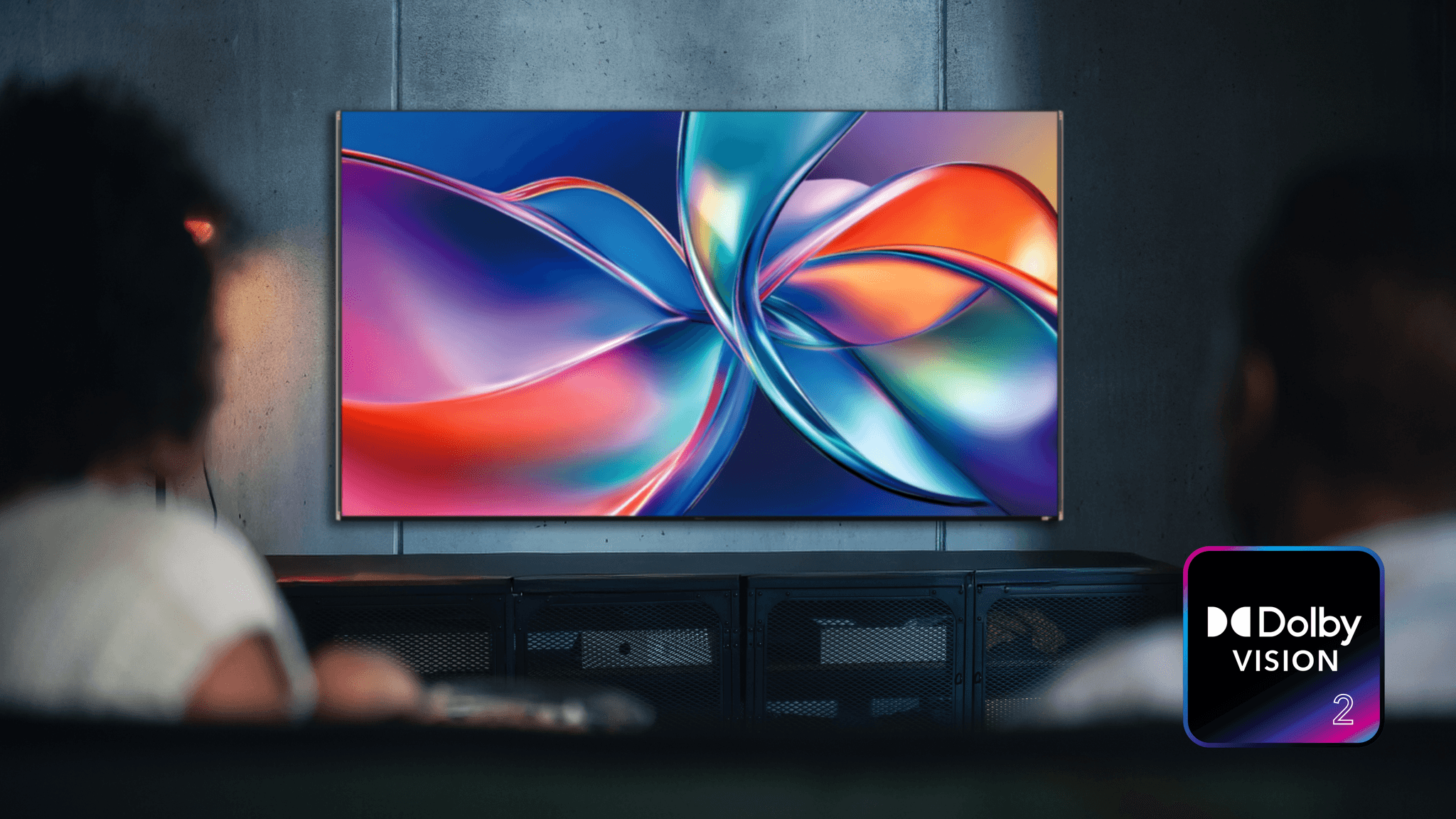Dolby just unveiled Dolby Vision 2, marking the biggest evolution in HDR technology in over a decade. The new format introduces AI-powered Content Intelligence tools that automatically optimize TV picture quality based on what you're watching, where you're watching it, and your specific device. With Hisense already locked in as the first launch partner and nearly 350 TVs already supporting the original format, this could reshape how we experience content at home.
Dolby just rewrote the rules for premium TV viewing. More than a decade after launching the original Dolby Vision HDR format, the audio pioneer is rolling out Dolby Vision 2 with AI-powered Content Intelligence that promises to automatically optimize your display based on what content you're consuming, your viewing environment, and your specific hardware.
The timing couldn't be better. As streaming services push 4K HDR content and TV manufacturers race to differentiate their premium models, Dolby's new format arrives with features that go far beyond traditional brightness and tone mapping. According to Dolby's official announcement, the Content Intelligence suite includes Precision Black technology for enhanced dark scene clarity and an upgraded Light Sense feature that combines ambient light detection with reference lighting data from source material.
Hisense has secured first-mover advantage, becoming the inaugural brand to ship TVs with Dolby Vision 2 capabilities powered by MediaTek's Pentonic 800 chip. This partnership signals how seriously chip makers are taking AI-enhanced display processing, with MediaTek's latest silicon specifically designed to handle the computational demands of real-time content analysis.
But Dolby Vision 2's most ambitious feature might be Authentic Motion, which the company bills as the first "creative driven motion control tool." Motion smoothing has long been the bane of filmmakers, creating the dreaded "soap opera effect" that celebrities like Tom Cruise have publicly criticized. Dolby claims Authentic Motion can control smoothing on a shot-by-shot basis, reducing unwanted judder while preserving cinematic authenticity.
The existing Dolby Vision ecosystem provides a strong foundation for this evolution. Nearly 350 TVs from LG, TCL, Sony, , and already support the current format, creating immediate market reach for content creators and device manufacturers.












